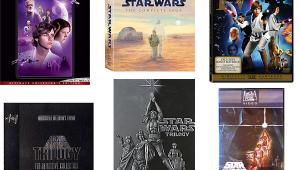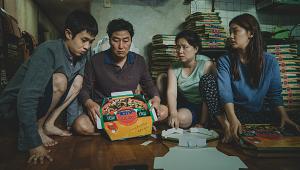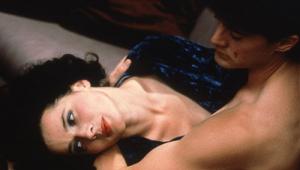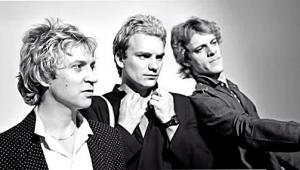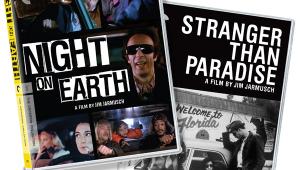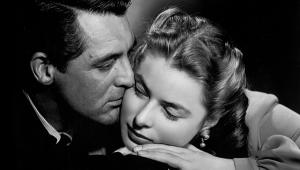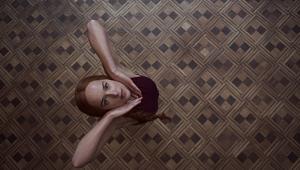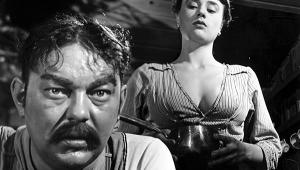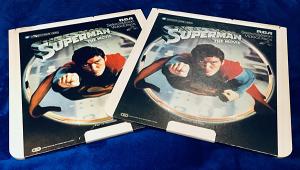La Grande Illusion

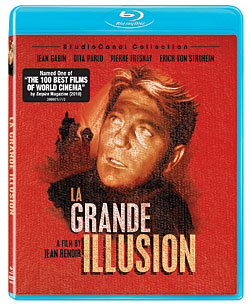 For decades, cineastes could watch only a murky print of what they were told was a gorgeous classic. Then, in the 1990s, the original camera negative—which the Nazis had supposedly destroyed—turned up in a film archive in Toulouse. A theatrical release, which I saw in New York’s Quad Cinema, was a revelation: the depth of field, the clarity of the faces, the backdrops, the contrasts.
For decades, cineastes could watch only a murky print of what they were told was a gorgeous classic. Then, in the 1990s, the original camera negative—which the Nazis had supposedly destroyed—turned up in a film archive in Toulouse. A theatrical release, which I saw in New York’s Quad Cinema, was a revelation: the depth of field, the clarity of the faces, the backdrops, the contrasts.
In 1999, the Criterion Collection mastered a DVD from the negative. It looked impressive—it was one of Criterion’s first DVDs—but this Lionsgate Blu-ray looks much better. The jitter that once plagued the title is gone. The softness of the first images—the record spinning on the turntable, the face of Jean Gabin singing along with the tune—is sharpened. And so it goes through the entire film. The sound has also been restored: Even the Criterion’s soundtrack was warbly; not the Lionsgate’s.
There are also three fascinating special features: a before-and-after view of the negative (which, as discovered, was in less than great shape) compared with the 1080p restoration; an enlightening discussion of how the negative was discovered; and a very intelligent lecture by French critic Ginette Vincendeau of the political debate that has surrounded the film since. A must-have.
Blu-Ray
Studio: Lionsgate, 1937
Aspect Ratio: 1.37:1
Audio Format:
DTS-HD Master Audio 2.0
Length: 114 mins.
MPAA Rating: Unrated
Director: Jean Renoir
Starring: Jean Gabin, Pierre Fresnay, Erich von Stroheim
- Log in or register to post comments


